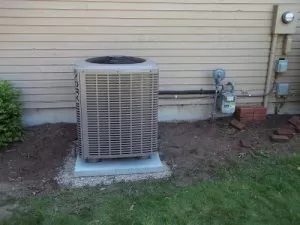Let’s face it, replacing the recently required CFL (Compact fluorescent lamp)and LED (light-emitting diode) light bulbs is much costlier than the old incandescent bulbs we all used to have (or perhaps still do). However, the energy saving and longevity benefits are well worth the price when it comes time to pay that monthly energy bill.
Aside from initial sticker shock for CFL or LED bulbs, the process of finding and purchasing the right bulb can be quite confusing. Consumer Reports recently put out a helpful guide to answer some common questions people have when looking for the right bulbs. Most of us have probably been faced with some of these questions at one time or another. If you find yourself in that situation right now, here’s a brief summary of the guide to help you out:
Consumer Problem – The current bulb isn’t bright enough.
Solution – Search for a bulb with more lumens. The higher the number, the brighter the bulb. A 60-watt bulb, for example, may require 800 lumens to give off that bright light you need.
Consumer Problem – The current light is the wrong color.
Solution – Light color is measured in kelvin (K). A high Kelvin number will emit a cooler, or bluer, color. A low Kelvin number will give off a dull yellow color. For a nice bright white bulb, aim for something around 3000K.
Consumer Problem – The bulb burns out too quickly.
Solution – While this was a very common problem with incandescent bulbs, CFL or LED bulbs are designed to last much longer. If you find a relatively new CFL or LED bulb has burned out quickly, contact the retailer or manufacturer for a refund. This should be an easy process, since CFLs have a warranty of at least two years, while LEDs can have warranties for 3+ years.
Consumer Problem – The color of fabrics and furniture looks off.
Solution – Light bulbs have a Color Rendering Index, which measure how true colors appear to the eye under the light. If you want your carefully selected fabrics to fit right into your interior room or space, shoot for a higher (at least 80) CRI.
Consumer Problem – The bulb is an odd shape.
Solution – It’s always a good idea to bring an old, burned-out bulb along with you to a retailer when searching for a replacement. This will allow you to compare the olf incandescent bulb to the new CFL or LED.
If you have other questions or if you’d like to dig a little deeper, you can visit Consumer Reports’ full light bulb report here. You can also watch the video below to find out more about your options when it comes to picking out and purchasing light bulbs.







